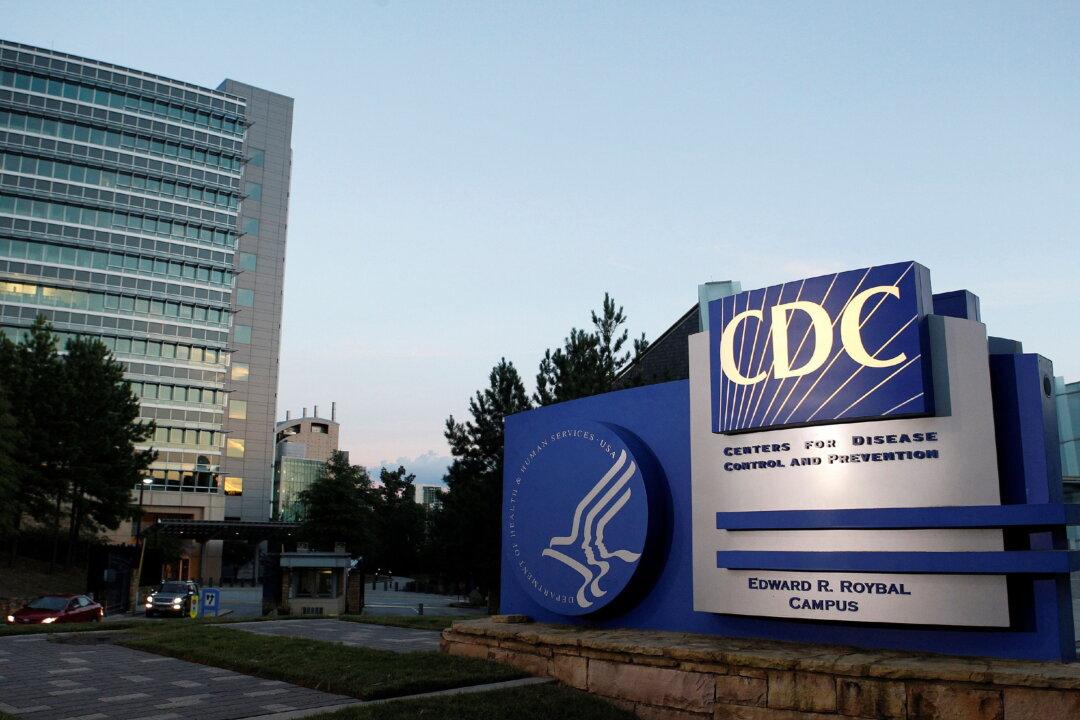Centers for Disease Control and Prevention (CDC) Director Rochelle Walensky says that the virus that causes Monkeypox is not airborne.
“What I can say is that monkeypox is not thought to linger in the air as we think about the definition of airborne transmission,” Walensky told reporters in a briefing on June 10. “When we consider airborne transmission at the CDC, we’re talking about small viral particles that become suspended in the air and can stay there for long periods of time.”






